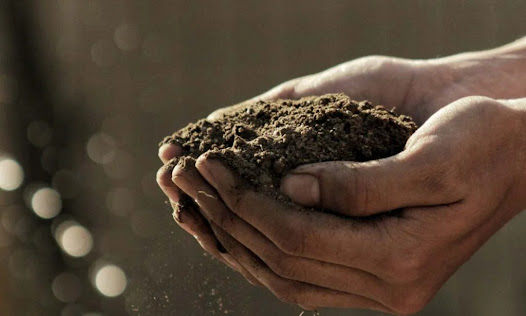The Marvel Of Non-Woven Fabrics In Medical Applications
The field of medicine is constantly evolving, with innovations that aim to improve patient care, safety, and comfort. One such innovation that has significantly impacted the medical industry is the use of non-woven fabrics. These versatile textiles have found a multitude of applications in the medical sector, revolutionizing the way healthcare professionals provide treatment and ensuring patient well-being. In this blog post, we will delve into the fascinating world of non-woven fabrics in the medical field, exploring their properties, applications, and the advantages they offer.
Understanding Non-Woven Fabrics
Non-woven fabrics are engineered textiles that are not produced by weaving or knitting fibers together, as in traditional textiles. Instead, they are made by bonding or interlocking fibers through various processes like mechanical, thermal, or chemical methods. The result is a fabric that is strong, durable, and highly versatile.
Properties of Non-Woven Fabrics
Porosity: Non-woven fabrics can be engineered to be highly porous or have controlled porosity. This property makes them ideal for applications such as wound dressings, where breathability is crucial.
Water Resistance: Some non-woven materials are treated to be water-resistant or waterproof, making them suitable for surgical gowns, drapes, and medical packaging.
Biocompatibility: Non-woven fabrics are often biocompatible, which means they do not elicit an adverse reaction when they come into contact with living tissue. This makes them safe for use in various medical applications.
Applications in the Medical Field
Medical Gowns and Drapes: Non-woven fabrics are widely used in the production of disposable medical gowns and drapes. These materials offer a balance of protection, comfort, and cost-effectiveness, making them a preferred choice for healthcare professionals.
Surgical Masks and Caps: The lightweight and breathable nature of non-woven materials make them ideal for manufacturing surgical masks and caps. These items are crucial in maintaining sterility in the operating room.
Wound Care Products: Non-woven fabrics are often used in wound dressings and bandages due to their softness and absorbent properties. They help promote the healing process while providing a barrier against infection.
Medical Packaging: Non-woven materials are employed in medical packaging to maintain the sterility of instruments and medical devices. They are often used in sterilization wraps and pouches.
Hygiene Products: In the hygiene industry, non-woven fabrics are used in products like diapers and sanitary napkins due to their high absorbency and softness.
Advantages of Non-Woven Fabrics in Medicine
Hygiene: Non-woven fabrics are easily disposable, reducing the risk of cross-contamination and the spread of infections in healthcare settings.
Cost-Effective: The cost of manufacturing non-woven medical products is relatively low, making them accessible and affordable for both healthcare facilities and patients.
Comfort: Non-woven fabrics are gentle on the skin and highly breathable, enhancing patient comfort during treatment.
Customizability: These materials can be engineered with specific properties to suit various medical applications, from high absorbency to microbial resistance.
Sustainability: Non-woven fabrics can also be produced from recycled materials, contributing to a more sustainable and eco-friendly healthcare industry.
Non-woven fabrics have undoubtedly played a vital role in the medical field, providing healthcare professionals with safe, cost-effective, and versatile materials for various applications. Their importance has only grown in recent years, especially in the context of the COVID-19 pandemic, where the demand for personal protective equipment and medical supplies surged. As technology continues to advance, we can expect even more innovative uses of non-woven materials in medicine, further improving patient care and safety.
Nonwovens are used extensively in disposable medical PPE, as well as many reusable medical devices. Facemasks, surgical and patient gowns, blood pressure cuffs, orthopedic splints, boots, braces and many other medical devices incorporate nonwovens into their construction. Whether you need a coverstock for a boot that is safe for skin contact, or a nonwoven & film composite for a Level 3 gown, Sommers has, or can develop, the material to meet your needs.



Comments
Post a Comment